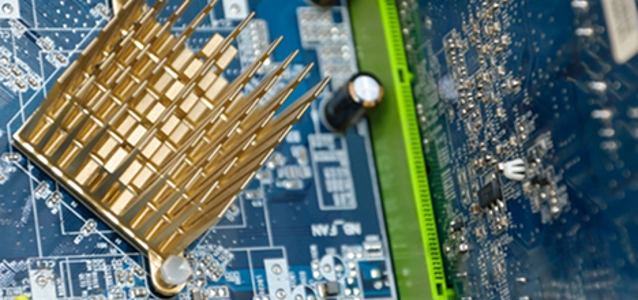
© cumypah dreamstime.com
Analysis |
Ultrabooks breathe new life into notebook market
Notebook shipments have taken a hit since the introduction of Apple’s iPad.
The portability of light, thin tablet devices has severely impacted the notebook market. Notebook vendors fought back with ultrabooks and ultra-like devices that adhered to strict thickness, weight, and battery life standards, but to this day most manufacturers are still working on improving ultrabook specifications.
The use of onboard chips in the thin and light devices are good news for ultrabook makers, who save on module cost, but not so advantageous for the DRAM industry – module makers and spot market suppliers in particular. TrendForce estimates ultra-like devices will represent 20% of notebook shipments by the end of the year, becoming the market mainstream by 2016.
On board Chips Replace Traditional Modules, Memory Makers Affected
The rise of ultra-like notebooks has caused a change on the memory market – the thin-and-light trend is here to stay, and device makers are forgoing the DIMM architecture of traditional memory modules for onboard chips. However, as onboard DRAM cannot be swapped out if damaged, highly reliable chips are necessary for ultra-like notebooks.
This requirement affects DRAM module makers significantly – demand for onboard chips is up, and makers are decreasing supply to PC OEMs. Furthermore, as ultrabook memory cannot be swapped, the channel market which module makers rely on for business is shrinking and profits are going to upstream suppliers. As ultrabooks become increasingly mainstream, module manufacturers will continue to see revenue and profit margins decline.
Mobile DRAM Benefits from Ultrabook Low-Power Needs
Ultra-like notebook makers are also dumping commodity DRAM in favor of mobile DRAM, for its lower power consumption. Intel’s new Haswell chipset, for instance, supports mobile memory, giving ultrabooks significantly longer battery life.
The latest MacBook Air model is another example – with LPDDR3, it boasts a battery life of 12 hours. As various PC OEMs have notebooks with LPDDR3 coming out in the second half of the year, it is clear that ultra-like devices will boost mobile DRAM consumption, pushing memory makers to produce more mobile memory and less commodity DRAM.
TrendForce expects that after onboard chip solutions become the standard, the DRAM industry will see significant change – DRAM manufacturers will benefit, while module makers and spot market suppliers will be negatively affected.

